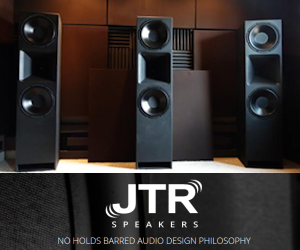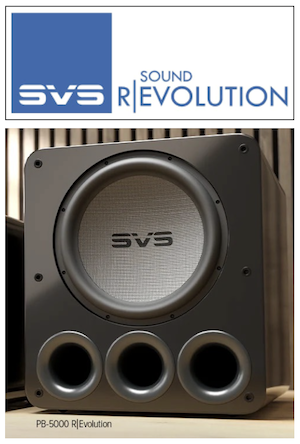Matthew J Poes
AV Addict
Thread Starter
- Joined
- Oct 18, 2017
- Posts
- 1,905
I'm looking to get some discussion and opinions going on this topic. I'm still debating a bit what I want to do with the topic, but have always found it an interesting topic. I'm looking for opinions that run the gamut. Everything from, "I don't think parts make a wit of difference as long as the design is good", through, "I think the quality and design of parts is critical and can hear differences between one brand of film capacitor and another."
I was thinking more about this topic because a friend of mine asked me why a subwoofer (or any woofer) with high inductance can have more distortion and provide worse sound than one with lower inductance. He asked a great question, why don't we talk about this with speaker crossovers, isn't inductance the same here? The answer is yes and no, but I don't want to get into that here. I decided to do a little reading in my text's on just how audible and measurable these issues can be. It took me down a long and lonely road of theory and hard science, but little on actual perceptions. It seems that our perceptions have been left to us for now.
What do you think? Does that iron core inductor in your speaker keep you up at night? What about that electrolytic capacitor in series with your tweeter? Have you played around with different components and noticed a difference? Ever bought an upgraded speaker that had a higher quality crossover and were surprised by the range of differences? What did you hear? Do you think this is all a bunch of non-sense? If so, please share as well.
I was thinking more about this topic because a friend of mine asked me why a subwoofer (or any woofer) with high inductance can have more distortion and provide worse sound than one with lower inductance. He asked a great question, why don't we talk about this with speaker crossovers, isn't inductance the same here? The answer is yes and no, but I don't want to get into that here. I decided to do a little reading in my text's on just how audible and measurable these issues can be. It took me down a long and lonely road of theory and hard science, but little on actual perceptions. It seems that our perceptions have been left to us for now.
What do you think? Does that iron core inductor in your speaker keep you up at night? What about that electrolytic capacitor in series with your tweeter? Have you played around with different components and noticed a difference? Ever bought an upgraded speaker that had a higher quality crossover and were surprised by the range of differences? What did you hear? Do you think this is all a bunch of non-sense? If so, please share as well.










